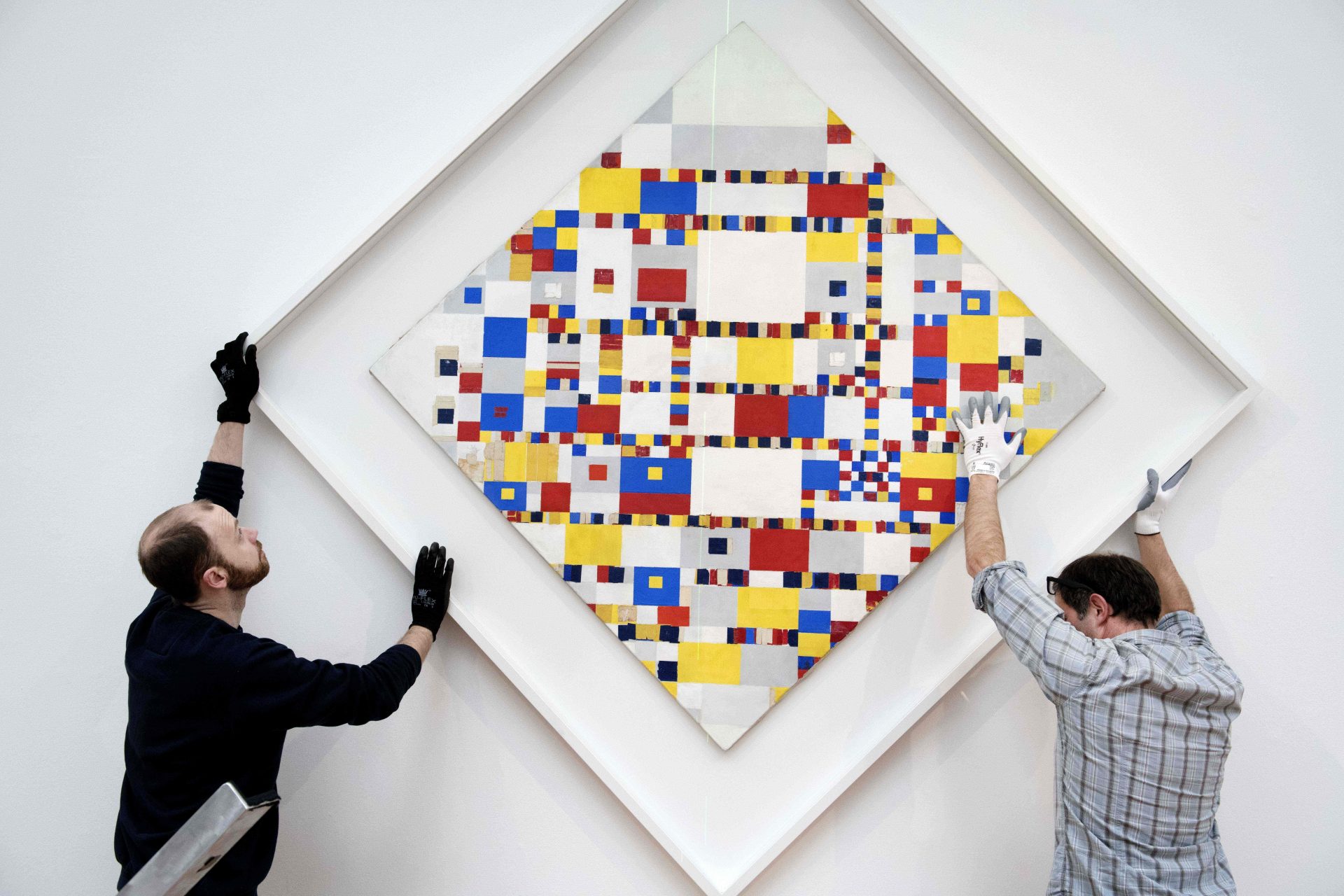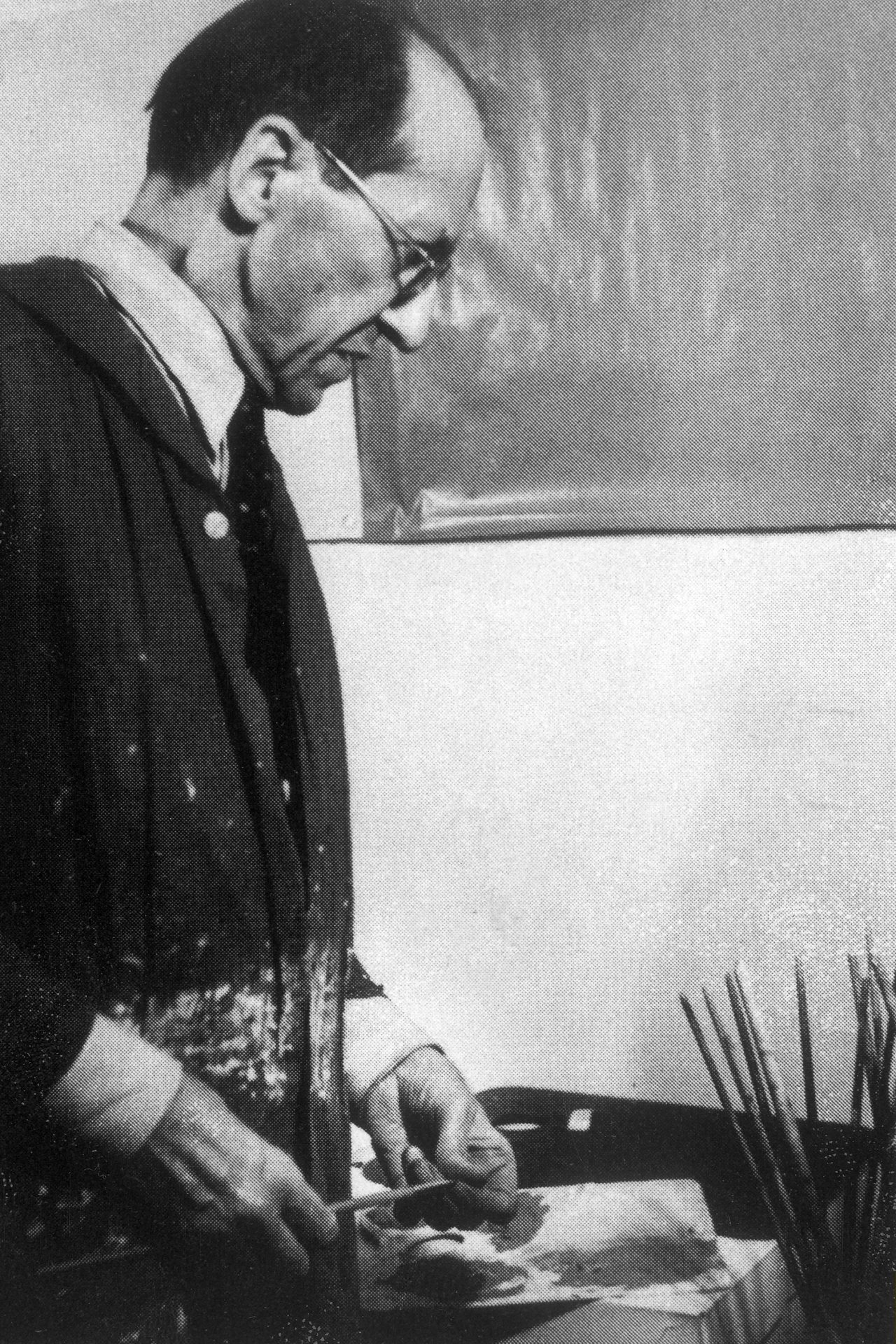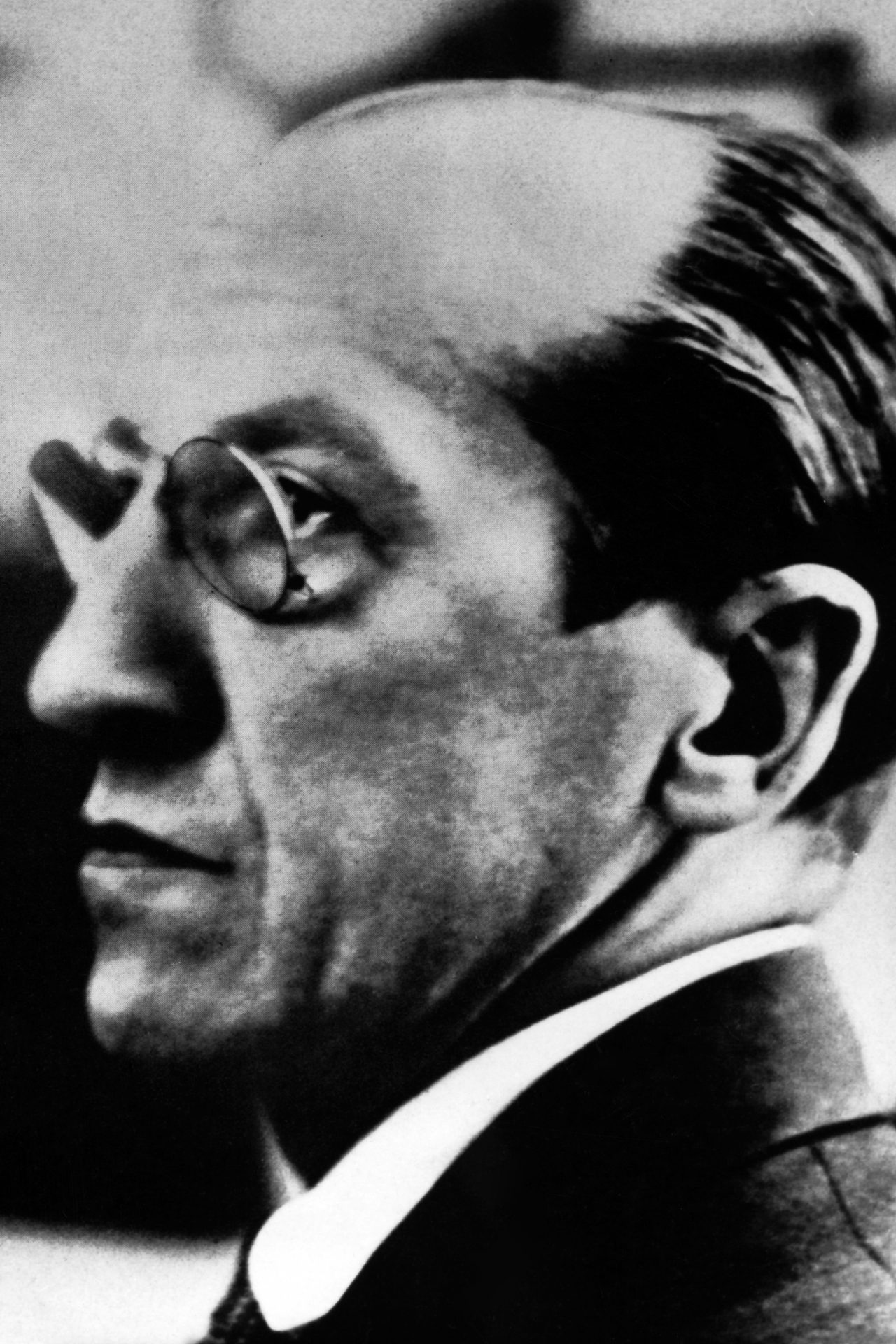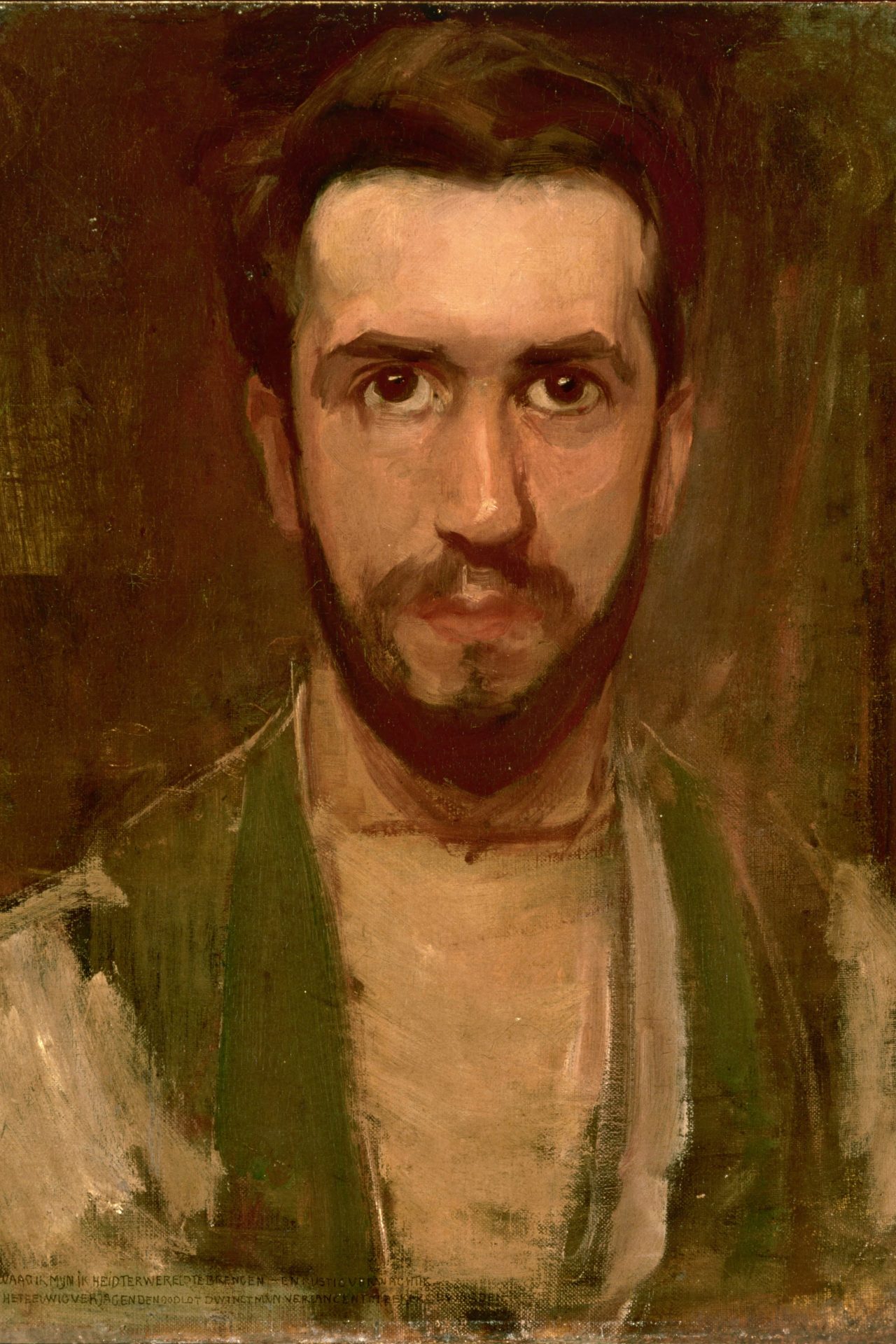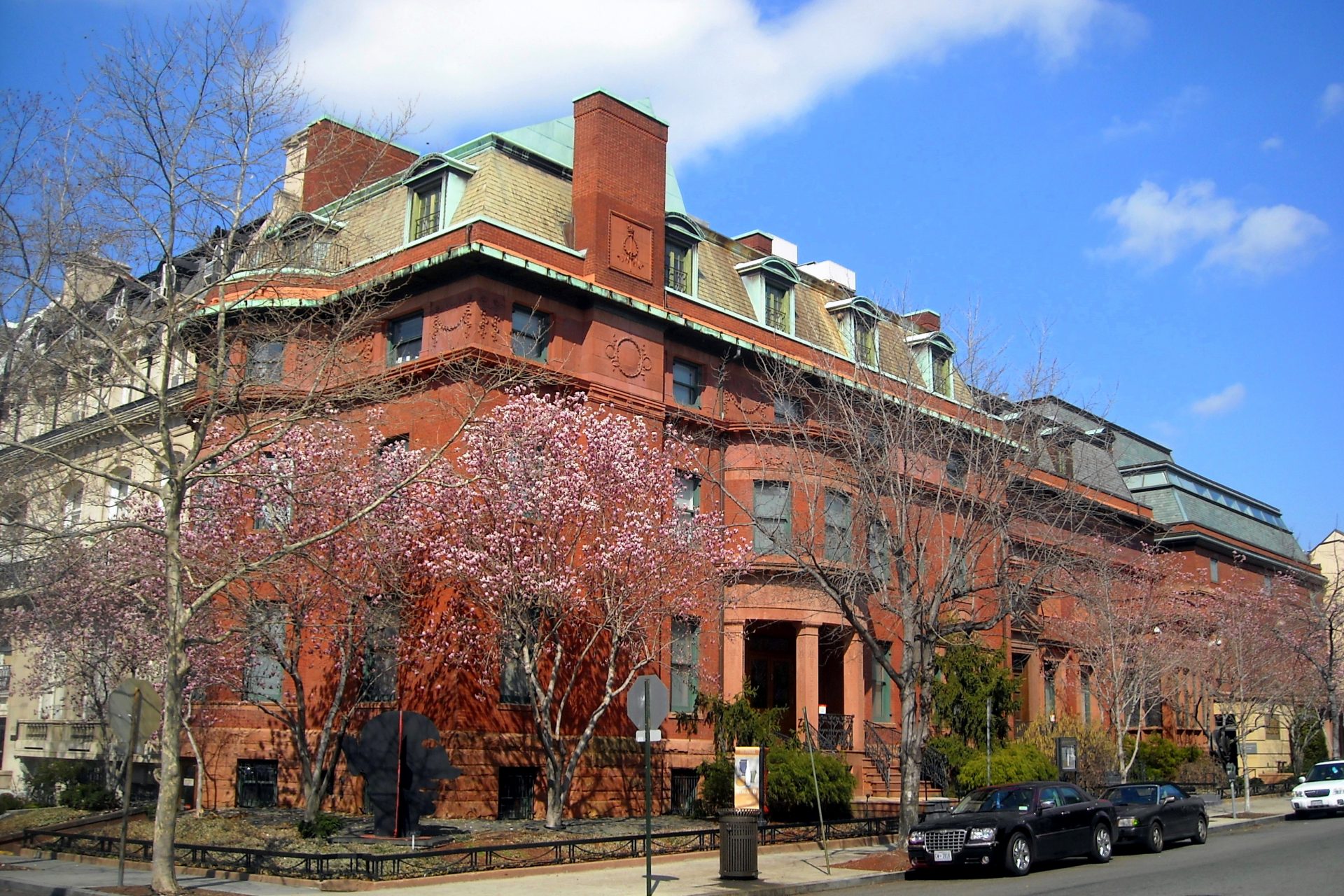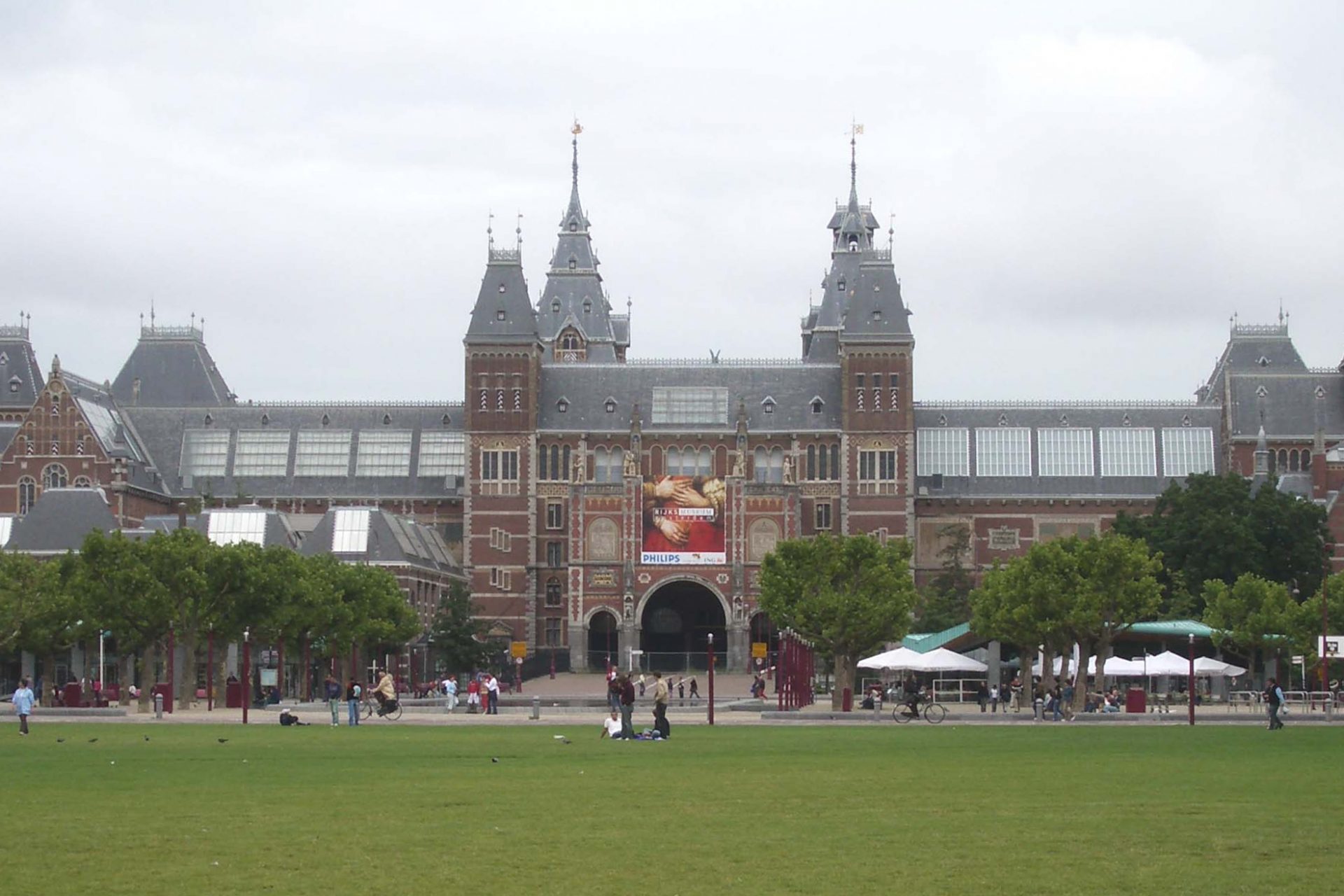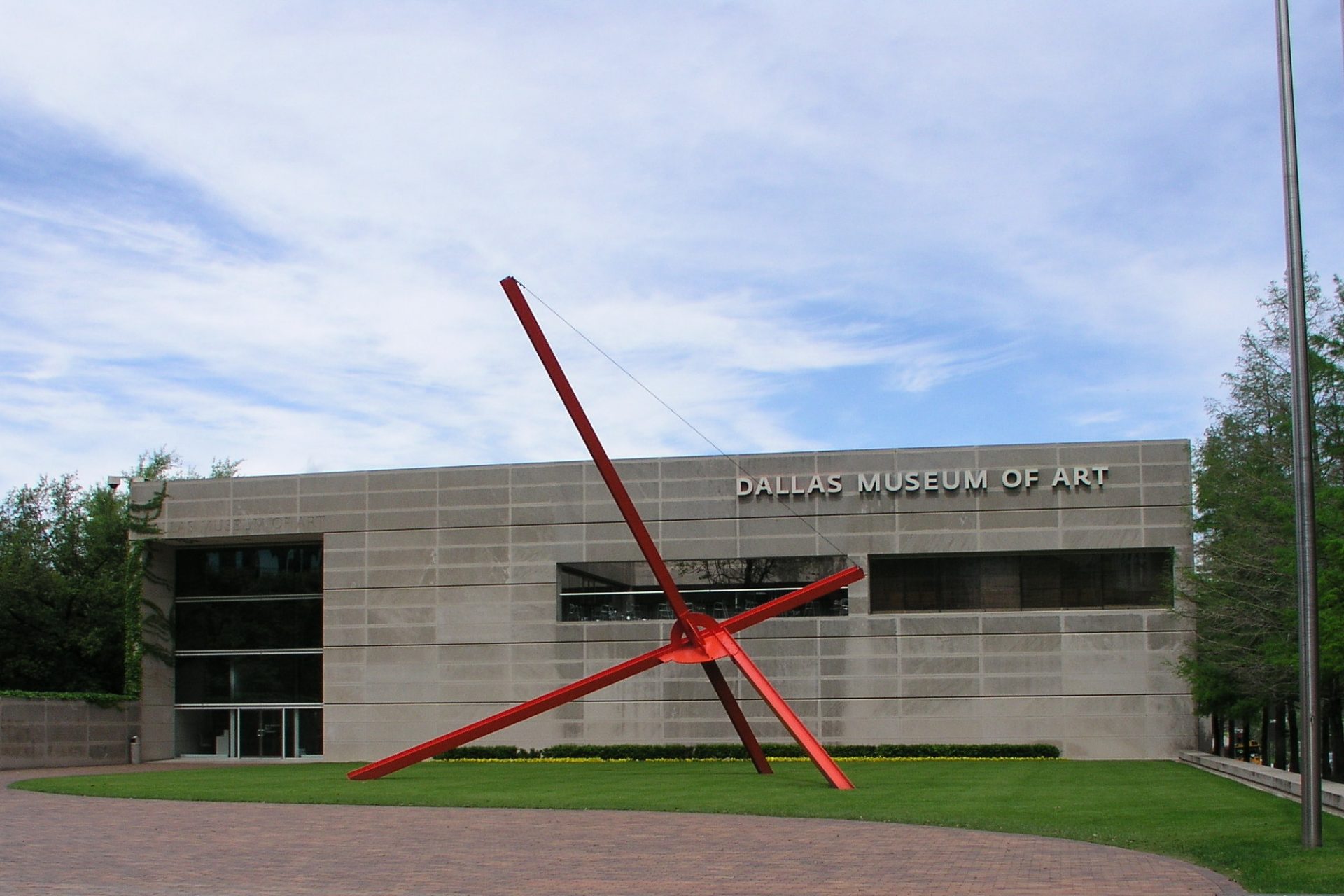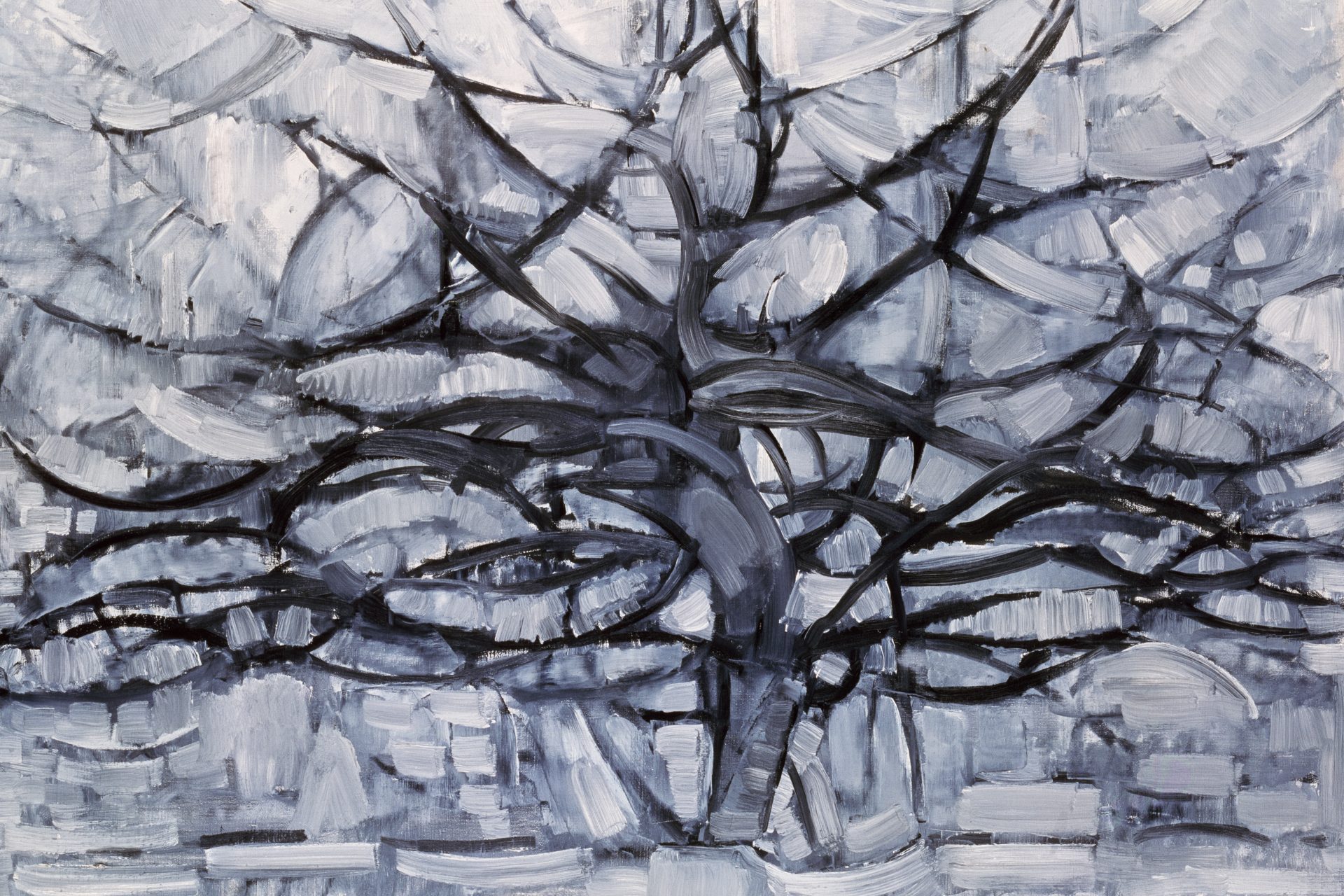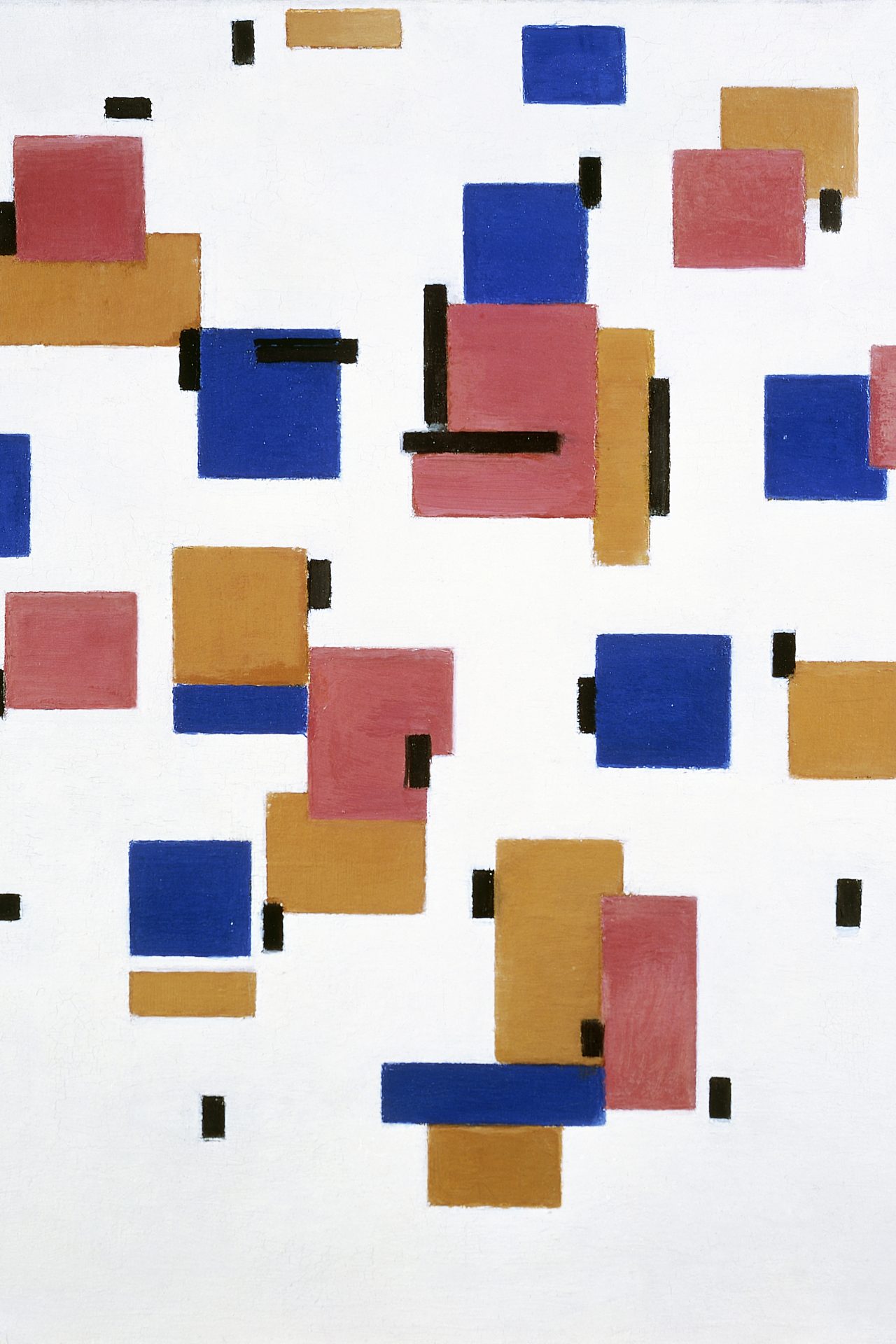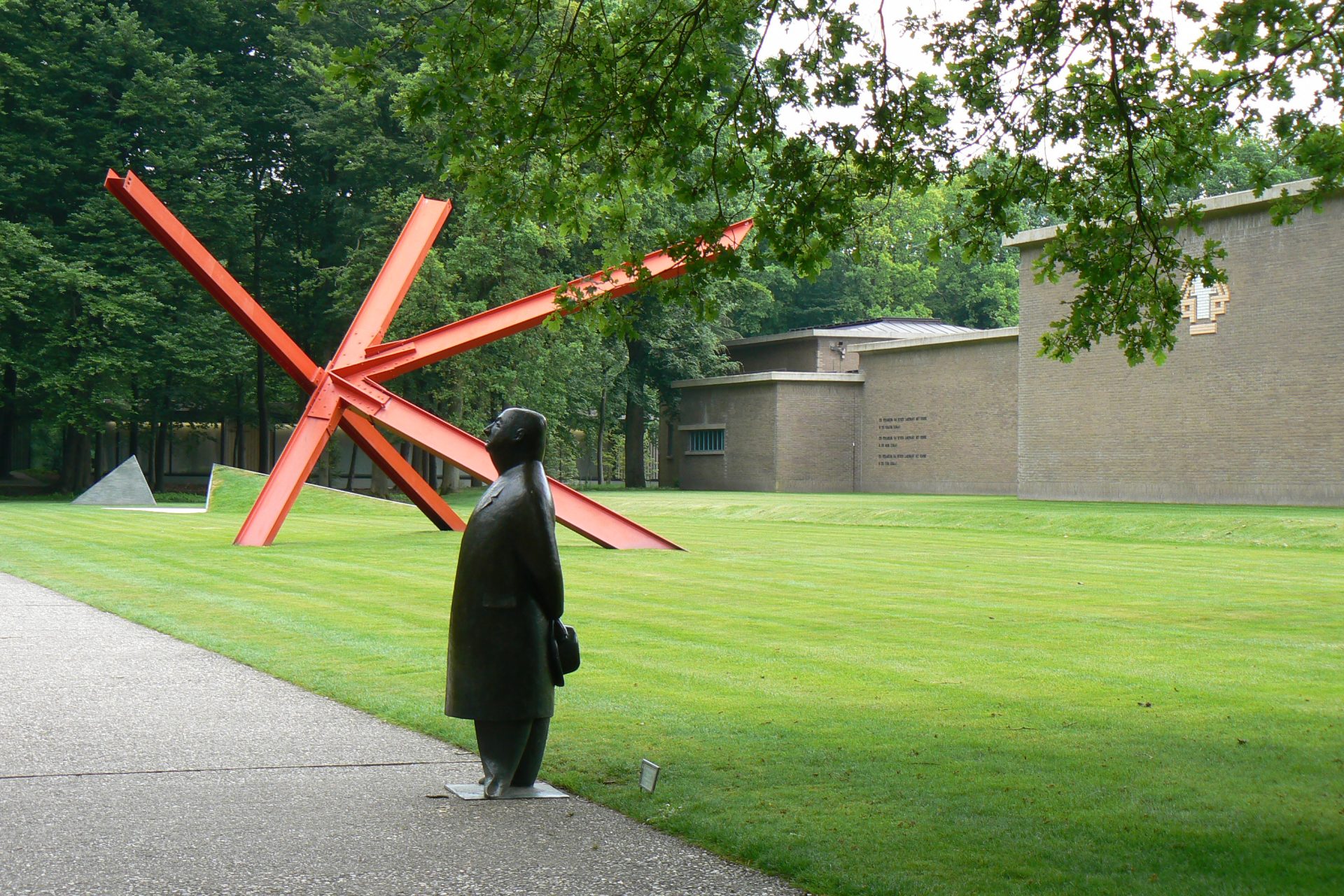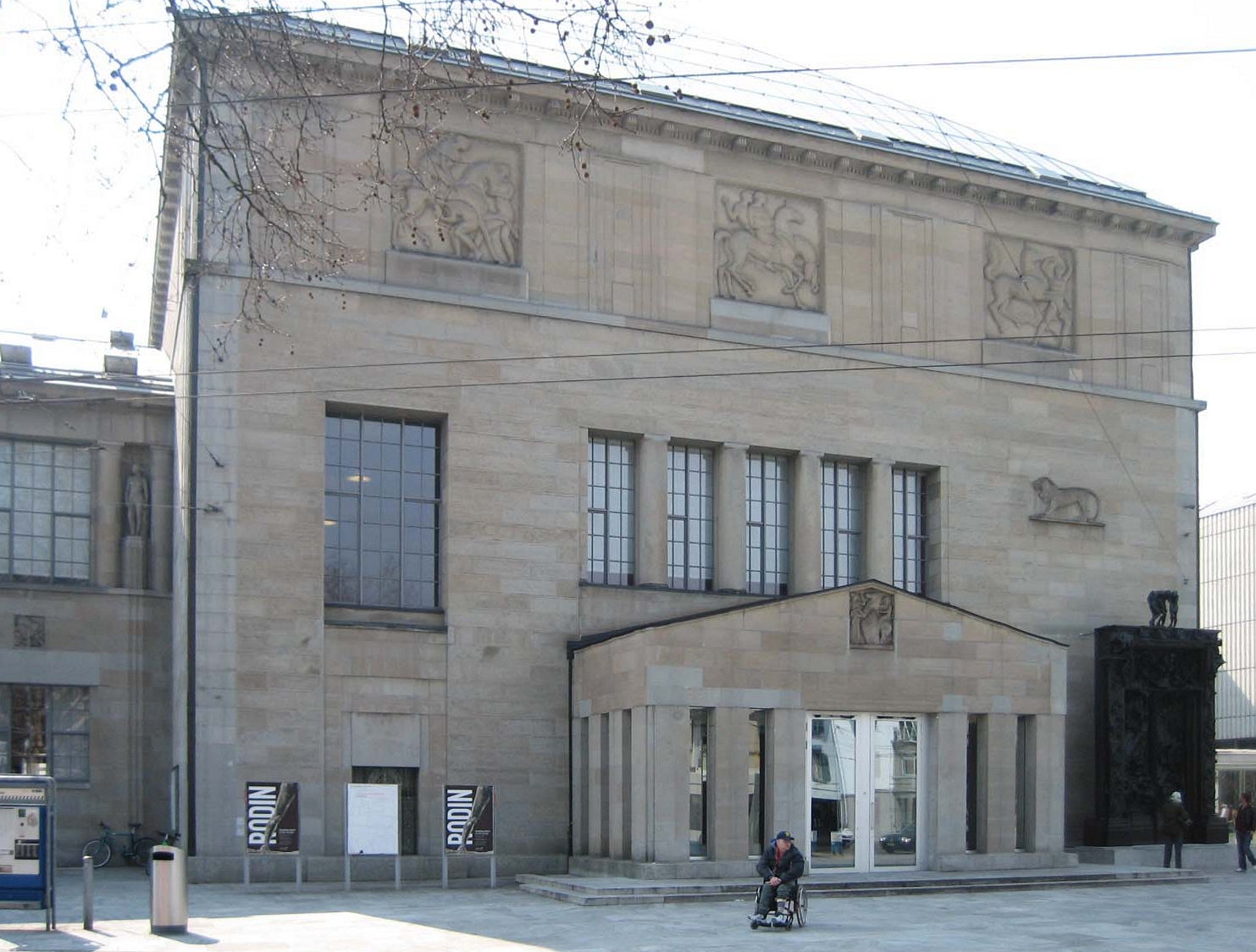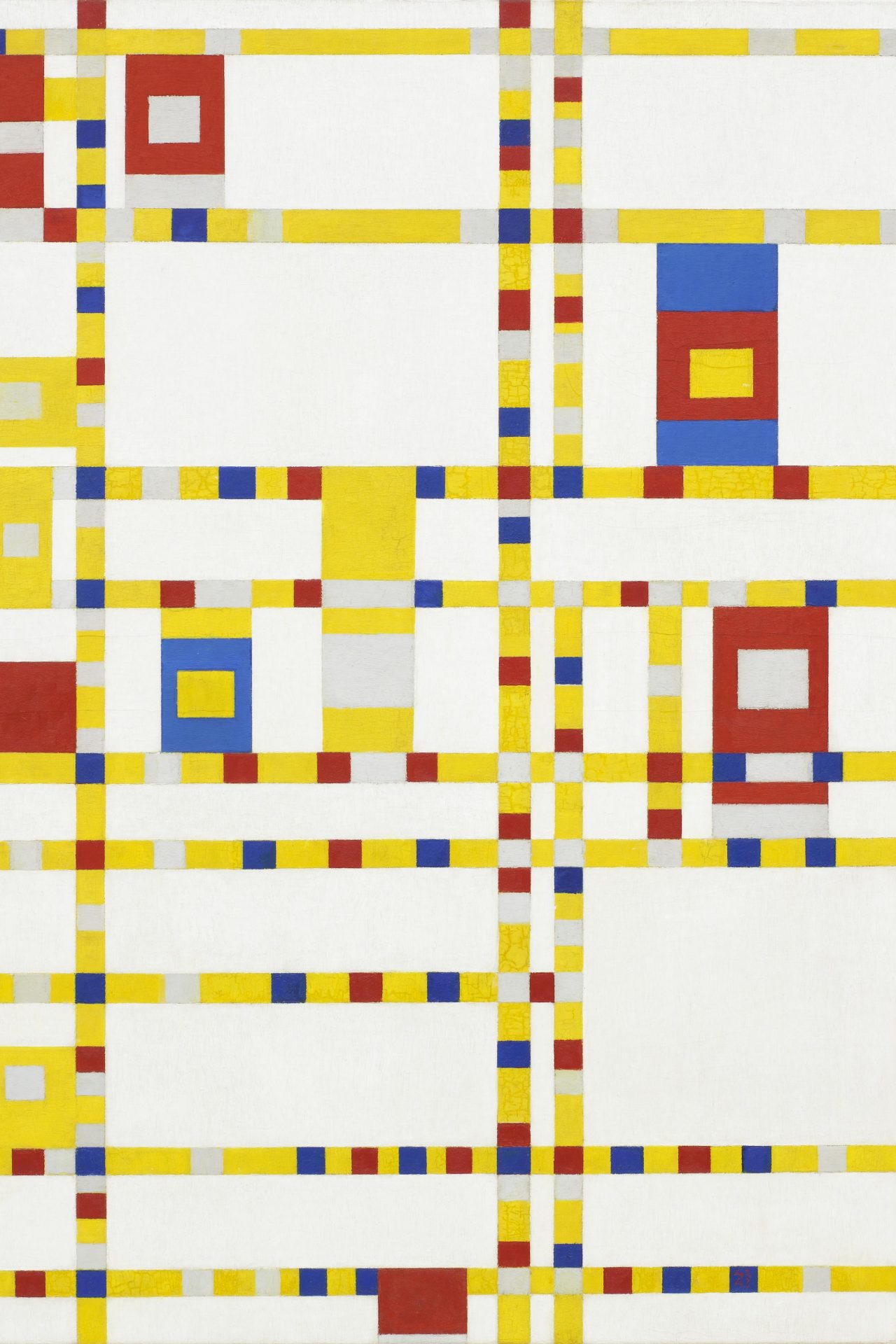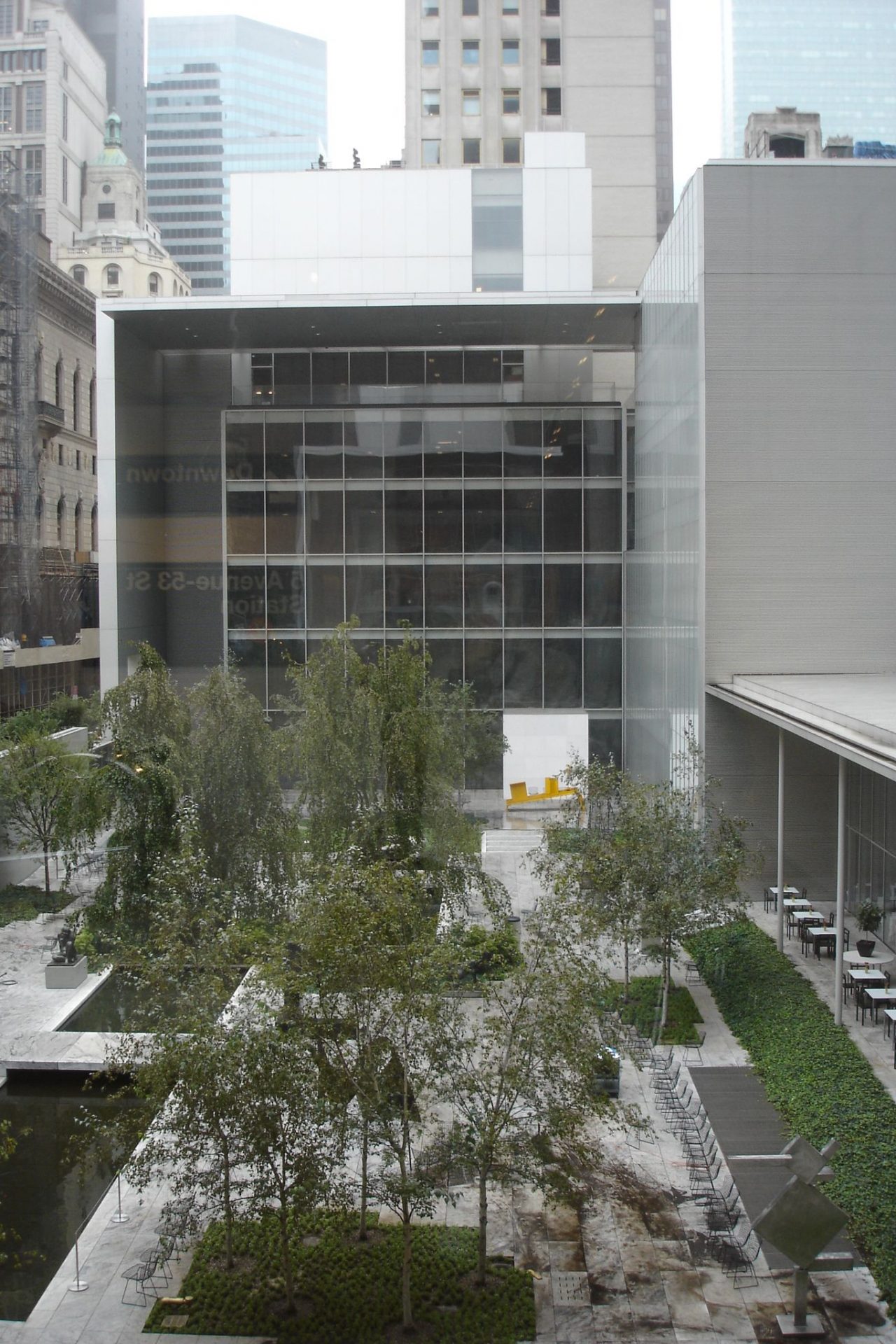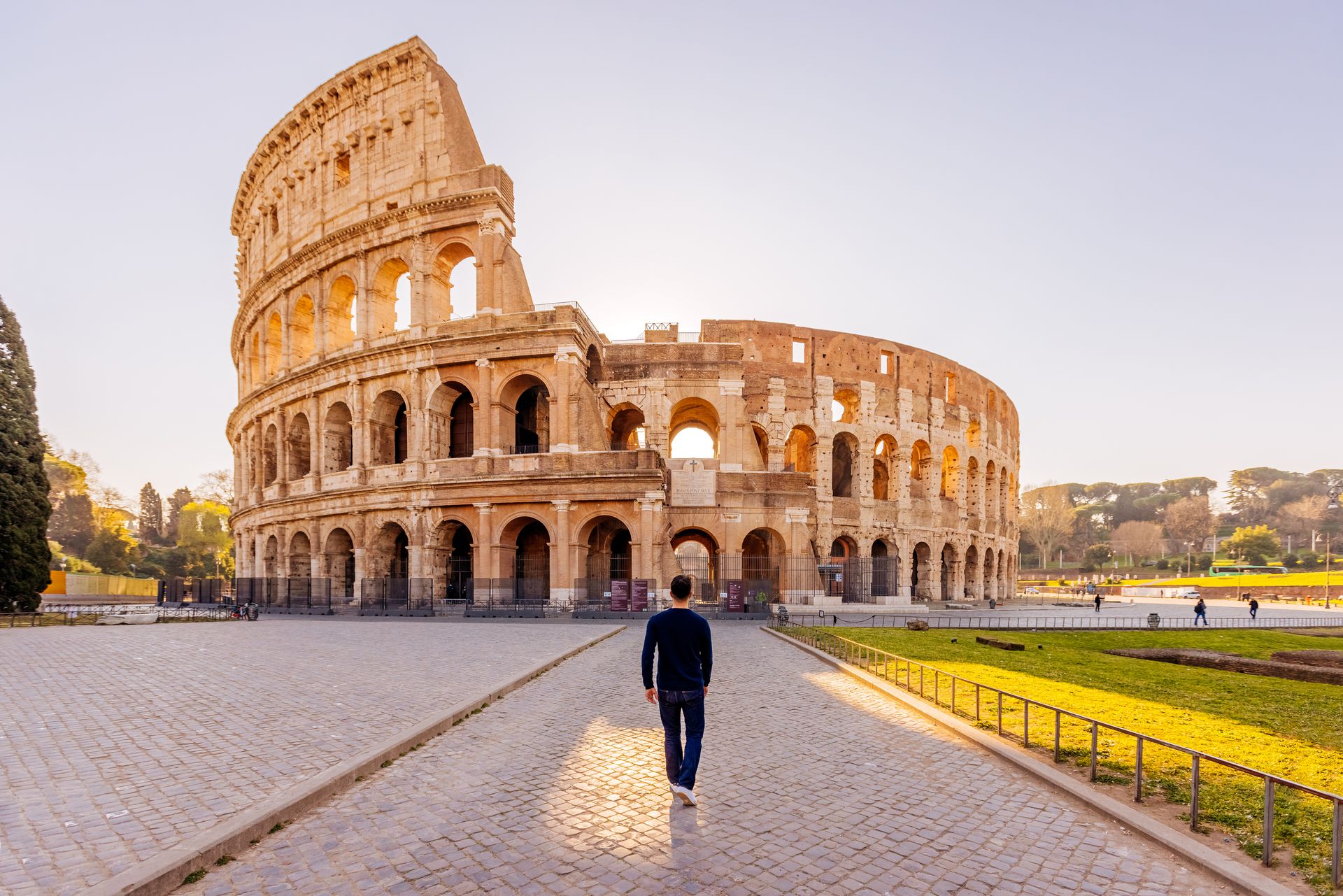Mondrian's life and most important works in photos
2024 marks the 80th anniversary of the death of Dutch painter Piet Mondrian. Many of you may have seen his unique style of abstract paintings composed of simple colors and straight lines.
Image: 'Victory Boogie Woogie,' photographed by Olaf Kraak / AFP via Getty Images
However, Mondrian did not always paint like that. Let's check Mondrian's paintings in chronological order and trace the changes in his style.
We have also included information on the museums that have Mondrian's works in their collections, so you may want to visit one of them to see for yourself.
Piet Mondrian was born in Amersfoort, the Netherlands, in 1872. Originally, his name was spelled with two a's (Mondriaan). He grew up learning to paint from his uncle Fritz and entered the National Academy of Fine Arts in Amsterdam in 1872.
This self-portrait was painted around 1900, and the brushwork is more realistic than his later works, showing the influence of Impressionism and other styles.
The aforementioned self-portrait is owned by the Phillips Collection, an art museum in Washington, DC, USA. In addition to works by Van Gogh and Cézanne, the museum has a large collection of 20th-century American paintings by Hopper and others.
Image: APK, CC BY-SA 3.0 / Wikimedia
Painted around 1903, this work conveys the flavor of a traditional landscape painting. The influence of Impressionism, which was also evident in the self-portrait, is still strongly visible.
Photo: Glafoululle des Alpes, CC BY-SA 4.0 / Wikimedia
The collection of 'The Windmill at Gein on a Moonlit Night' is housed at the National Museum of Amsterdam in the artist's native country, the Netherlands. The museum houses many masterpieces, including Vermeer's 'Woman Pouring Milk' and Rembrandt's 'Night Watch'.
Picture: Markus Würfel, CC BY-SA 3.0 / Wikimedia
'Spring in a Rough Castle', painted circa 1909, continues to be a representational landscape, but you can see a gradual abstraction of specific elements. It indicates the artist's evolution into abstract art. The painting has a linear segmentation, marked by the tree trunks, which foreshadows his future artistic approach.
Image: Dallas Museum of Art
The Dallas Museum of Art, located the Big D, Texas, holds a collection including 'Spring in a Rough Castle.' The collection ranges from African art of BC to works by Van Gogh and Courbet.
Photo: KeithJonsn, CC BY-SA 3.0 / Wikimedia
In 'The Gray Tree,' painted in 1911, the artist took a further step toward abstraction. Influenced by cubism, he focused on the geometric composition of objects. The monotone color sense expressed in the painting's shades of gray is also characteristic of his work.
'The Gray Tree' is located at the City Art Museum of Den Haag in The Hague, the Netherlands. The museum is known for its collection of Mondrian and other modern artists, as well as its collection of Delft ceramics.
Picture: Roel Wijnants, CC BY-SA 3.0 / Wikimedia
Here you can really see where Mondrian is headed at the time of his most famous works. The artist advocated the so-called 'New Formalism' and experimented with various arrangements of colors and shapes. The simple composition has a unique rhythm to it.
You can find this artwork in the Kröller-Müller Museum in the Netherlands. Located in a beautiful forest where you can bike and hike freely, the museum also owns other masterpieces such as Van Gogh's 'Café Terrace at Night' and 'The Road with Cedars and Stars'.
Picture: Gerardus / via Wikimedia
Among the most famous of Mondrian's works is this 'Red, Blue, and Yellow Composition'. The striking geometric composition has its primary colors divided and arranged vertically with black lines. It had a profound influence on 20th-century art and is often referenced in fashion and pop scenes.
This particularly iconic work by Mondrian is located at the Kunstmuseum Zurich in Switzerland. The museum is known for its collection of works by Monet and Cézanne, as well as sculptures by Giacometti.
Photo: Adrian Michael, CC BY-SA 3.0 / Wikimedia
In 1938, Mondrian moved to New York City in the United States to avoid the rising threat of war and persecution in Europe. His masterpiece, 'Broadway Boogie Woogie', was inspired by his experiences in the new city and seemed to convey the modernity and liveliness of New York City.
'Broadway Boogie Woogie' was purchased by the Museum of Modern Art in 1943 and remains in its collection today. The museum is also famous for its collection of other masterpieces of modern painting, including Van Gogh's 'The Starry Night' and Dali's 'The Fixation of Memory'. Mondrian died the following year, on February 1, 1944.
Picture: Hibino, CC BY 2.0 / Wikimedia
Follow Showbizz Daily to stay informed and enjoy more content!

